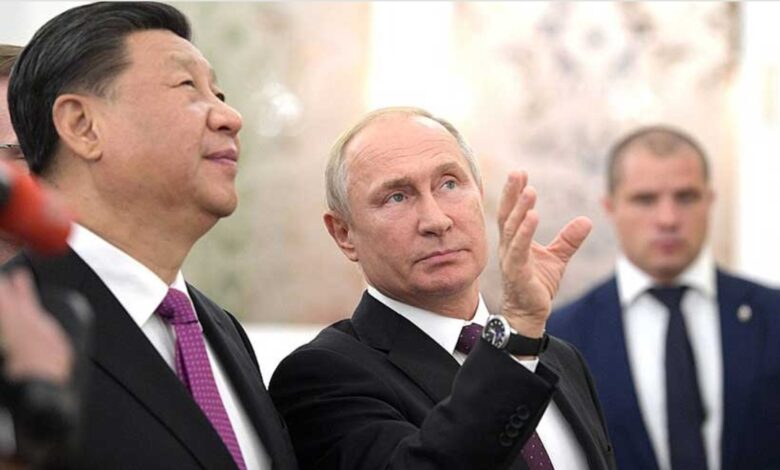
30 Years Of Contention Between China And Russia Over Central Asia
A recent escalation of conflict between China and Taiwan has drawn global attention to the Russia-Ukraine crisis. However, policy analysts have not paid much attention to China’s quiet expansion into Central Asia, also known as the ‘soft underbelly of Russia, ‘ China’s ‘heartland.’
As Beijing and Moscow compete to dominate Central Asia, this issue has become more critical over the past few years despite their somewhat cordial relations. There has been a ‘Great Game 3.0’ between Moscow and Beijing. Geopolitical interactions between China and Central Asia must be placed in this context.
It is partly governed by China’s traditional ‘Middle Kingdom complex’ geopolitical doctrine that aims to bring Central Asian space within its influence as part of its ‘peripheral policy’ to strengthen its presence in this region of the world and to contain external powers that might pose a direct threat to its geopolitical objectives.
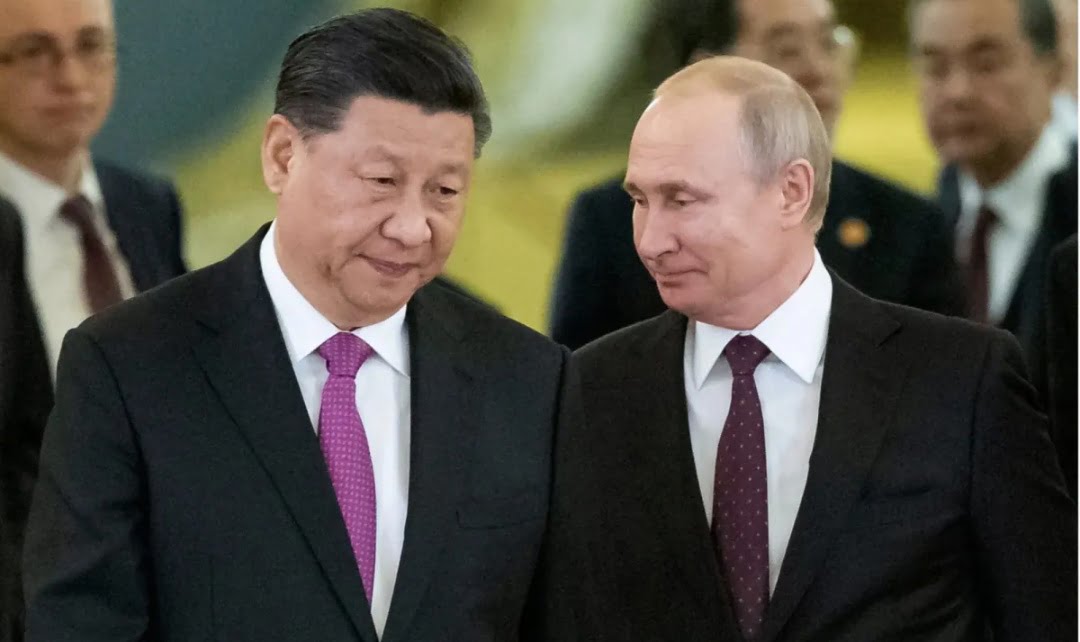
This theoretical construct suggests that China has utilized the oil and gas of Central Asia in its strategic diplomacy with this region. After 1991, Beijing engaged Russia in this area to ensure strategic equilibrium. In the post-1994 period, China did try to resolve the border disputes inherited from Soviet times.
Consequently, the Shanghai Five created an institution for China’s engagement with Central Asian countries through the Shanghai Cooperation Organisation (SCO). Chinese and Central Asian countries share a long history through the Silk Road.
As a pretext for expanding its influence in this region, the Chinese Communist Party (CCP) has used historical Chinese rule since 1991. Post-1991, China’s imperial ambitions in Europe and the rest of post-Soviet Eurasia were furthered by using Central Asia as a strategic corridor.
Central Asia underwent a geopolitical realignment after 2001. Central Asia faces new geopolitical challenges following the entry of the United States, long regarded as China’s weak rival.
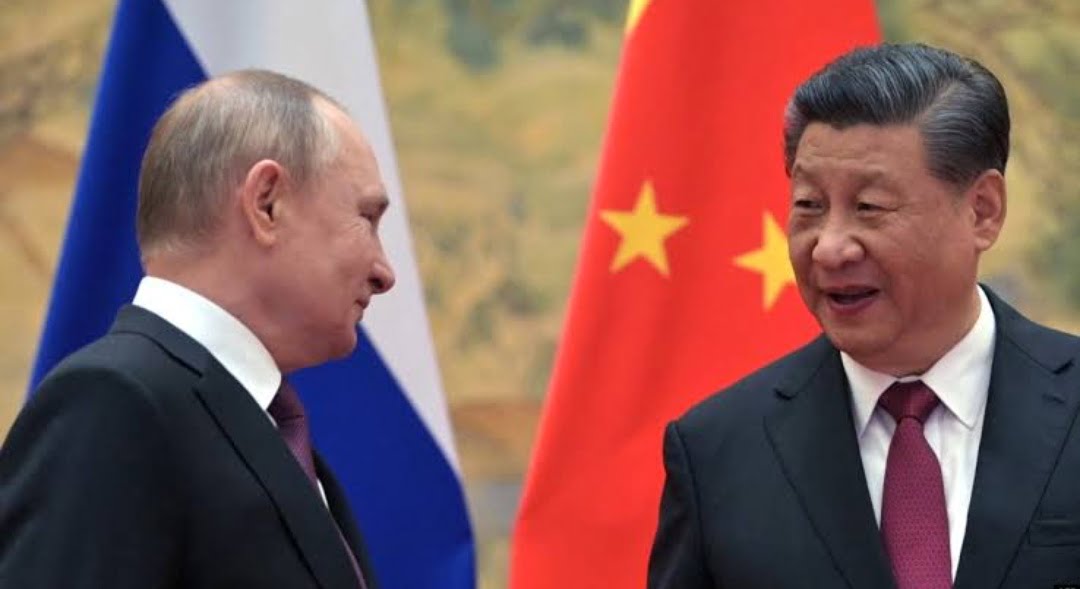
As a result of the presence of US bases in Afghanistan to fight radical and terrorist forces post-2001, Chinese authorities are also concerned. The Cold War syndrome can be perpetuated during the Zero-Sum game in Central Asia between Russia and China versus the US.
However, one can observe China’s creeping expansion into Central Asia, particularly in the energy sector. Due to the porous border, Chinese people are taking over land in neighboring countries such as Kazakhstan, Kyrgyzstan, and Tajikistan.
China was given both mineral-rich and pasture lands through the illegal transfer of lands. There was a sense of unease among the residents as a result of this.
As a result of the settlement of border disputes in Kazakhstan’s eastern region, Tajikistan’s Pamir and Gorno Badakhshan regions, and Kyrgyzstan’s southern region bordering China, local populations protested in large numbers, calling the signing of the treaties a violation of their national interest.
Several protests have also been observed in Central Asia against China’s land-grab activities. Kazakhstan’s land law was set to be repealed in 2016 after massive protests broke out over its intent to benefit Chinese farmers by giving them leasehold lands.
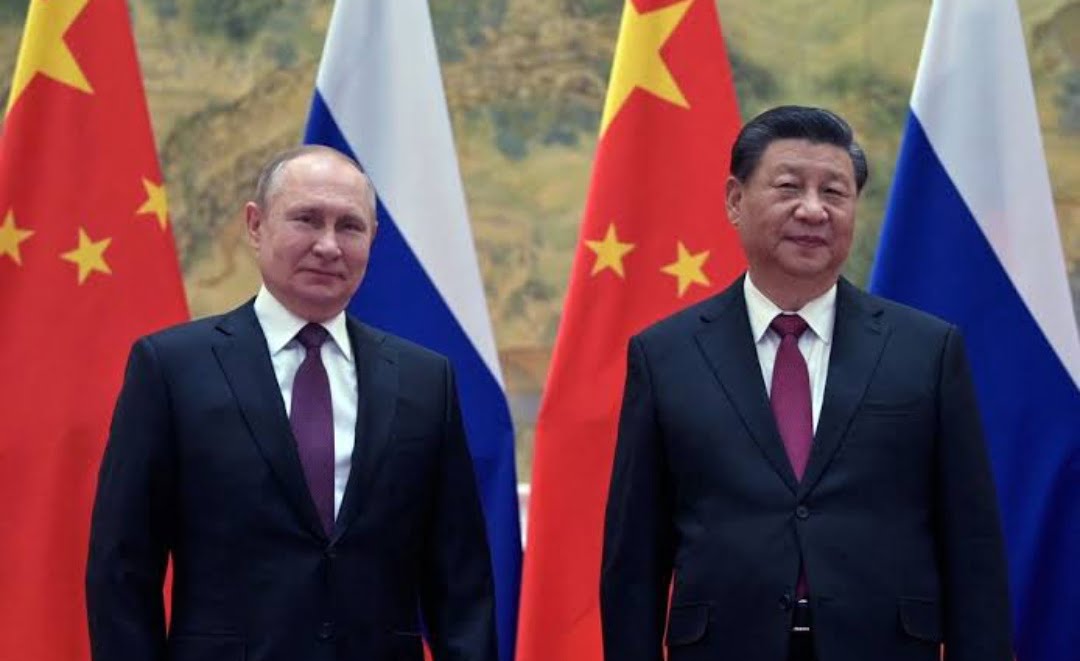
An Oxus Society report titled ‘Mapping Patterns Of Dissent In Eurasia: Introducing Central Asia’ notes that there have been around 57 protests against the Chinese government in Kazakhstan alone from January 2018 to August 2020.
China’s expansionist activities in these three Central Asian countries have been somewhat slowed down by public outcry. After local protests, China, for example, was compelled to cancel a joint project in the strategically important Naryn region in Kyrgyzstan in February 2020.
China is often protested against in Tajikistan. They are concerned that China will seize gold, lithium, lead, and copper along with land. One Belt and One Road (OBOR) was launched in 2013 in Astana by China to expand its influence across Central Asia.
Chinese President Xi Jinping said at the launch of the OBOR Summit that ‘we hope to strengthen trustworthy relationships, friendships, and cooperation between these countries, and promote common prosperity and development.’
Despite this, the Central Asian people seem to feel resentful toward China based on their experience over the years. As a result of the OBOR, Central Asian countries are currently facing ecological catastrophes. As China has conducted large-scale industrialization projects in its Xinjiang province, water flow to Kazakhstan has been significantly affected.
Xinjiang and Kazakhstan are at odds over two significant rivers, Ili and Irtysh, which flow from Xinjiang to Kazakhstan. As a result of the irregular flow of water from these two rivers into Kazakhstan, agriculture is the worst affected, along with Lake Balkhash drying up.
Consequently, both food production and residents are affected. Studies suggest China may shift its polluting industries to Kazakhstan, resulting in resentment in Kazakhstan. As a result, the local ecology has been adversely impacted.
It is a fact that China’s heavy industries, mines, and energy blocs in Central Asia do not adhere to international environmental standards and norms. Moreover, these countries are ill-prepared to negotiate equally with China regarding local ecological protection.
As a result of the Soviet past, Central Asia already faces numerous environmental disasters, and China’s unwillingness to follow ecological norms is compounding the problem.
Eventually, this will threaten Central Asia’s ecology. China’s OBOR connectivity projects through Kazakhstan and China-Kyrgyzstan-Uzbekistan rail projects facilitate connectivity, but more importantly, they exacerbate environmental catastrophes.
Lastly, China threatens Central Asian countries through its debt diplomacy. The Chinese consistently provide Central Asian countries with soft loans. It has become apparent, however, that Chinese loans are crippling Central Asian countries over time.
As a result of the Chinese loan, Kyrgyzstan and Tajikistan are adversely affected. The Chinese, however, are using soft loans to dominate Central Asian geopolitics to bring this landmass under their influence in the long term.
China’s massive debt problem on Central Asian countries is highlighted in a report published by Carnegie Moscow, by Temur Umarov, titled ‘China Looms Large in Central Asia.’ It is noted in the report by Umarov that Turkmenistan has a debt ratio of 16.9 percent with China, Uzbekistan has a debt ratio of 16 percent, Kazakhstan’s GDP is about 6.5 percent, and the largest trading partner of China in Central Asia.
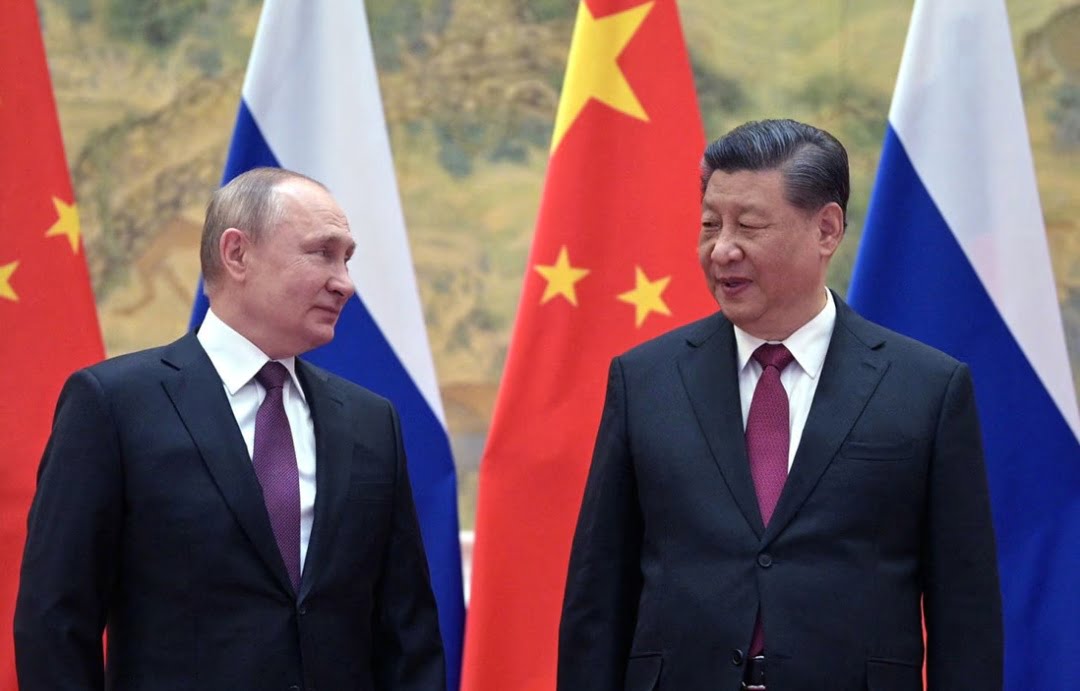
In a study by Sarah Lain titled ‘The Potential and Pitfalls of Connectivity along the Silk Road Economic Belt, which was published in the book ‘China’s Belt and Road Initiative and its impact in Central Asia,’ she reveals that Kyrgyzstan owes 38.1% of its total external debt to China, while Tajikistan owes 59.1%.
Given the slowing economies in Central Asia, the Central Asian debt to China will increase in the future. China’s debt diplomacy may be a threat to Central Asian countries. Regarding employment prospects in Central Asia, Chinese investment has not benefited the local youth.
The Chinese government provides provisions for hiring local workers, but Chinese companies are still hiring Chinese workers. Several Central Asians now travel to Russia for employment, especially from Tajikistan, Kyrgyzstan, and Uzbekistan. It is difficult for Central Asians to find work in Russia despite the recent conflict with Ukraine.
China’s large-scale employment in Central Asia has angered the locals. An exciting development of China’s geopolitical influence is its decision to open several Confucius Centers in Central Asia.
Central Asian countries have established Confucius Centres. Educating young minds about Chinese is the primary goal of this institute. In some countries, Confucius Centers are becoming instruments of geopolitical influence. Many Central Asian youth choose the Chinese language because they think it will improve their job prospects.
Furthermore, the Chinese government provides financial assistance to Central Asian schools to promote Chinese culture. According to Chinese President Xi Jinping, ‘Confucius Institutes and Confucius Classrooms will be opened as a priority in January 2022, on the occasion of the last virtual Summit to celebrate the 30th anniversary of the China-Central Asia Diplomatic Relationship.’
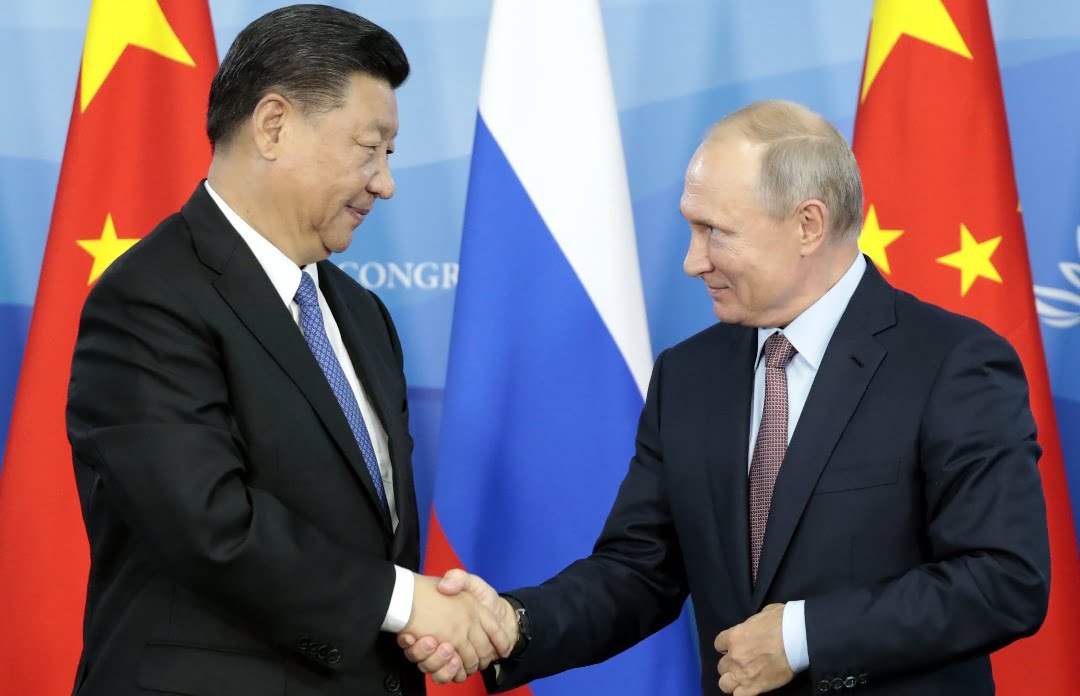
The day will not come far when China will begin to dominate Central Asia’s culture if this trend continues for a few more years. Kazakh president Kassym-Jomart Tokayev is being taught Chinese. Also, Kyrgyzstan President Sadyr Japarov has a close relationship with China.
China’s cultural expansion is unknown to the Central Asian political elite or not of interest to them. It seems likely that the Central Asian native culture will soon be subordinated to Chinese culture and language in the long run.
The consequences for each Central Asian country will be profound socio-culturally. Regarding geopolitics, China has created another institution with SCO to encircle Central Asian countries as the Covid pandemic peaked in October 2020, the ‘China plus Central Asia’ body.
Therefore, China must strengthen this body to strategize its region’s foreign policy in a well-calibrated manner. Chinese policymakers knew Central Asian space was crucial to China’s OBOR project’s future prosperity. As mentioned above, some major European connectivity projects will pass through Central Asia.
Currently, China is the most significant energy player in Central Asia. As for rare earth metals, China is a dominant player in this region, with vast potential in renewable energy. Xinhua reported that China and Central Asia had traded 40 billion dollars over the years.
China is, however, overwhelmingly favored. By controlling Central Asian geopolitics, China gains leverage. Wang Yi, Chinese Foreign Minister, outlined a strategy to bring Central Asian countries to a summit in Nur Otan in June 2022.
Despite Yi’s ’10 points program’ aimed at fostering economic cooperation with Central Asia, its real aim is to control this region long term. China’s geopolitical relationship with Central Asia is unequal.
During the post-1991 transition period, China has taken advantage of Central Asian countries’ vulnerability and geopolitical fluidity to gain influence over these countries.
Also, it tries to make this area its ‘periphery’ to consolidate control over it. Moscow’s bargaining position weakened as a result. However, it is a fact that China and Russia are at war with each other in Central Asia. For Central Asian countries, a multi-vector foreign policy would alleviate their dependence on China in this situation.
edited and proofread by nikita sharma




